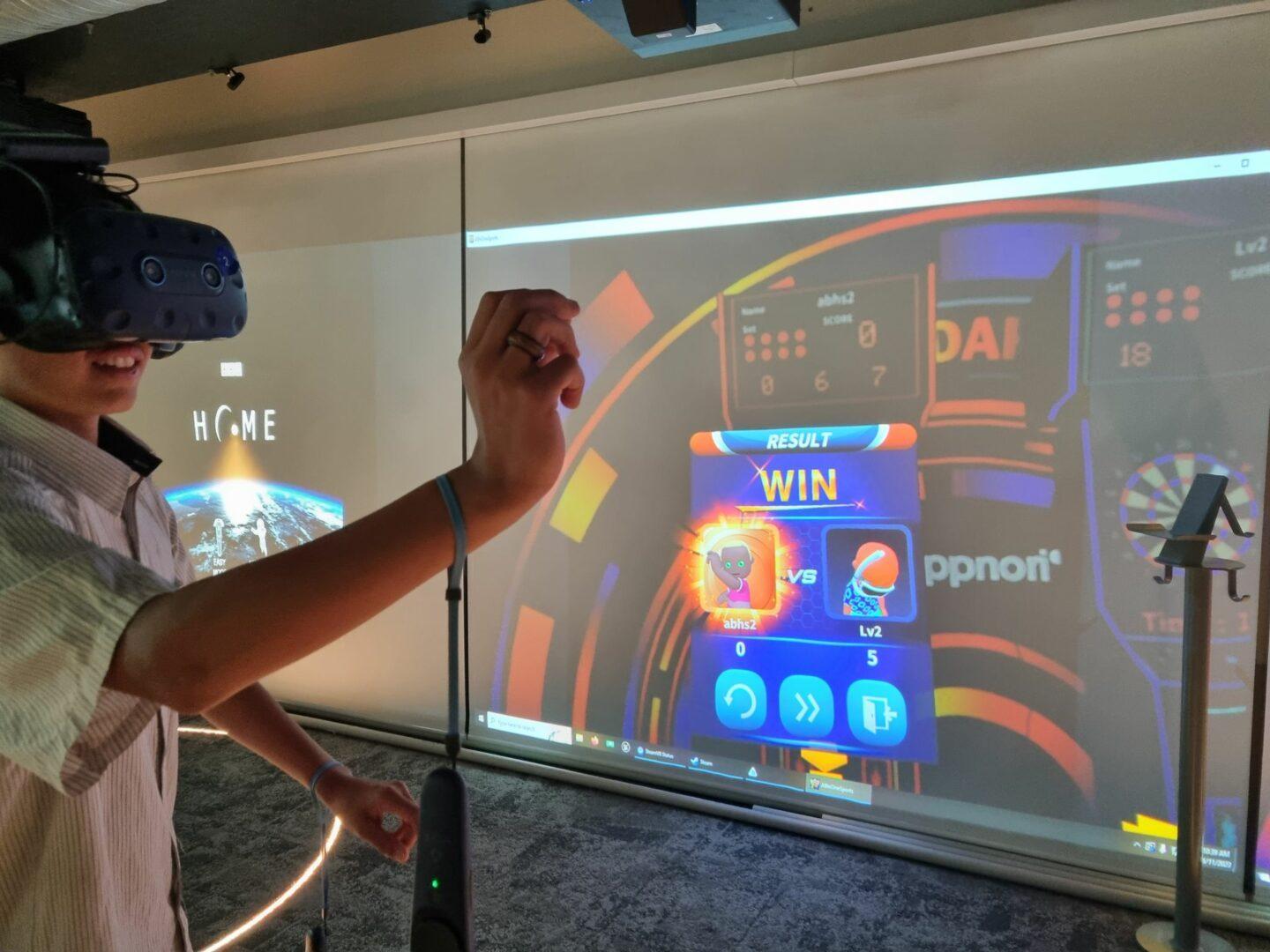student Feedback reveals the Impact of Game-Based Learning on Engagement and Achievement
Introduction: The Rise of Game-Based Learning in Education
as educators and institutions search for innovative ways to capture student interest, game-based learning has emerged as a revolutionary method. Incorporating elements of play, competition, and rewards, GBL leverages the power of games to teach complex concepts, foster critical thinking, and motivate learners of all ages.
But the crucial question remains: How do students actually feel about game-based learning? By focusing on real student feedback, we can uncover the tangible impact of this educational approach on both student engagement and academic achievement.
What is Game-Based Learning? A Quick overview
Game-based learning refers to the use of digital or non-digital games to enhance the educational process. Unlike traditional teaching methods, GBL actively involves students through challenges, problem-solving, narrative storytelling, and immediate feedback. Popular platforms include Kahoot!, Quizizz, and Minecraft: Education Edition, among others.
- Challenges traditional passive learning models
- Encourages active participation and collaboration
- Makes learning fun and memorable
- Offers immediate assessment and feedback
- Adapts to a variety of learning styles and paces
Student Feedback: Insights into Engagement and Motivation
student feedback is a powerful tool for understanding the effectiveness of teaching strategies, especially with emerging trends like game-based learning. A growing body of research and direct responses from students indicate several recurring themes:
“I look forward to math class now as we use games to learn. Competing with my friends makes me want to do better and pay attention.” — Middle school Student
- Increased Engagement: Students consistently report feeling more engaged and less distracted during lessons involving games.
- Motivation to Participate: Gamified rewards and leaderboards create pleasant competition and motivate participation, especially among reluctant learners.
- Enjoyment of Learning: GBL transforms traditionally “boring” subjects into exciting challenges, fostering a love for learning.
- Sense of Achievement: Mini-goals, badges, and instant feedback give students a steady sense of progress and accomplishment.
The Academic Impact of Game-Based Learning: What Students Say
While engagement is crucial, the ultimate success of any educational approach lies in student achievement. Insights from various student surveys and classroom studies reveal that GBL can significantly boost academic outcomes:
- Better Retention: Students remember details longer when it is learned in a problem-solving, interactive environment.
- Improved Test scores: Many classrooms report higher quiz and test scores after integrating game-based review sessions.
- Development of Key Skills: GBL enhances skills like critical thinking, collaboration, creativity, and digital literacy.
- Greater Confidence: Immediate feedback and opportunities for mastery help students build self-confidence in challenging subjects.
Case Study: Game-Based Learning in a Middle School Science Class
Student Feedback: 87% of students reported feeling more interested in science after GBL sessions, while 78% believed their grades improved.
Teacher Observation: “The class became more animated, and I saw even the quieter students actively participating. Test results showed a noticeable enhancement after game-based reviews.”
The Benefits of game-Based Learning: Why Students Approve
Drawing on direct student feedback and educational research,here are the top benefits of game-based learning as experienced by students:
- Adaptive Learning: Games can adjust to different skills and paces,ensuring students aren’t left behind.
- Social Connection: Multiplayer and collaborative games encourage peer interaction and team spirit.
- safe Failure: Mistakes in a game environment are low-stake, teaching resilience and problem-solving.
- Immediate Rewards: Points, badges, and other incentives instantly recognize achievement, reinforcing positive behavior.
- Intrinsic Motivation: By making challenges enjoyable, GBL taps into a learner’s intrinsic motivation rather than relying solely on external rewards.
Student Voices: First-Hand Experiences with Game-Based Learning
“I used to feel lost in history class, but now with the games we play, I understand the timeline and actually look forward to each lesson.” — High School Student
“games in class helped me realize that it’s okay to get things wrong because I get another chance. It took away my fear of making mistakes.” — Elementary Student
Practical Tips: How Teachers Can Maximize the Impact of Game-Based Learning
Based on student feedback and best practices,here are effective ways for educators to implement game-based learning for maximum engagement and achievement:
- Start small: Begin with simple digital games or quiz platforms to introduce GBL gradually.
- Align Games with Learning Objectives: Choose or design games that directly reinforce your curriculum goals.
- Encourage Teamwork: Incorporate group challenges to build collaboration and communication.
- Use Data: Analyze game performance data to track student progress and identify learning gaps.
- Solicit Feedback: Regularly ask students how GBL activities are helping (or could be improved) to keep them motivated and responsive.
- Balance Competition: Foster healthy competition, ensuring everyone feels included and valued, and celebrate both individual and group achievements.
Addressing Challenges: What Student Feedback tells Us
while overwhelmingly positive, student feedback also highlights some challenges in game-based learning:
- Distraction Risk: Without clear goals, games can tempt students to focus on winning rather than learning.
- Accessibility Issues: Not all students may have equal access to technology for digital games—equitable planning is essential.
- Varying Preferences: Some students prefer traditional methods; offering choice can definitely help accommodate different learning styles.
Addressing these challenges requires mindful selection of games, clear communication of learning goals, and ongoing student feedback to keep GBL inclusive and effective.
Conclusion: the Transformational Power of Game-Based Learning
Student feedback overwhelmingly affirms that game-based learning greatly enhances both engagement and academic achievement. Through interactive challenges, real-time feedback, and a sense of accomplishment, GBL creates a dynamic and inclusive classroom environment where students are eager to participate and take ownership of their learning.
For educators and institutions seeking to innovate and inspire, leveraging the transformative power of game-based learning is more accessible than ever. by listening to student voices and continuously refining teaching strategies, we can foster both a love for learning and strong academic results.

